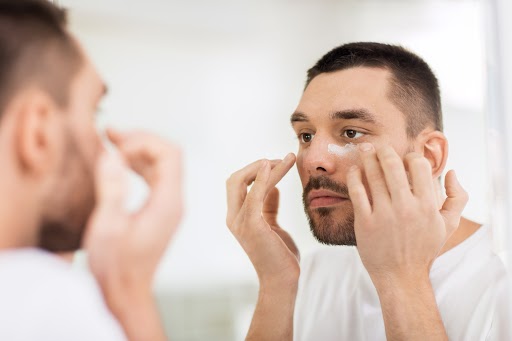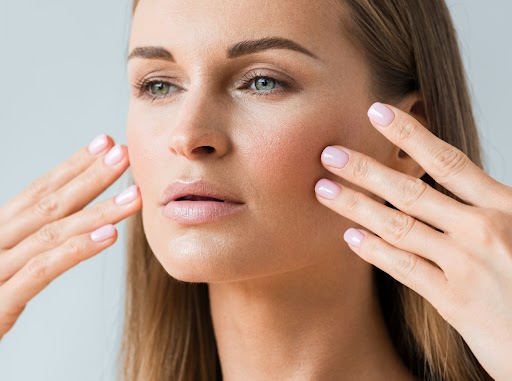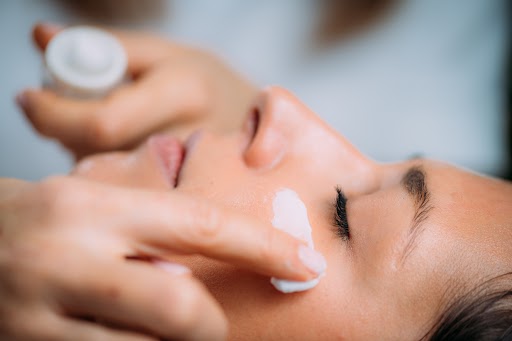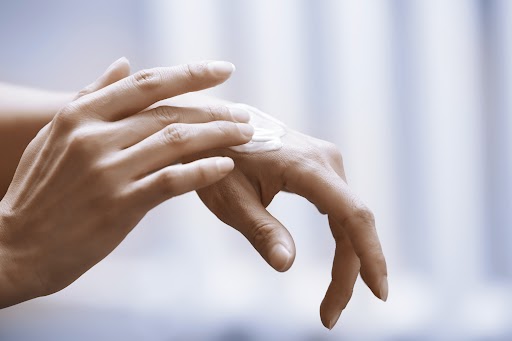A guide to selecting the right night cream for your skin type
Nighttime is not the same as daylight for your skin. There are changes in its rhythm. The skin plays a protective role during the day, fending off UV rays, pollution, weather conditions, and bacteria. As you sleep, your skin is also active, repairing damage caused by the day and regenerating itself. Most miracle-working skin care products work best while you’re catching up on rest.

The composition of night cream
A night cream is generally thicker and contains a higher ingredient concentration that boosts circulation, cell turnover, and hydration. An effective night cream not only soothes and hydrates the skin but may also induce repair by accelerating cell turnover. Nighttime creams are more focused on reviving the skin’s regeneration process than protecting it from the elements, such as pollution, dryness, cold, heat, and ultraviolet rays. The production of collagen and the neutralization of free radicals occur while you sleep, so it is important to include ingredients that support these processes. Good night creams are usually retinol-based.

Additionally, they could include ingredients such as coenzyme Q10 and hyaluronic acid. This product is primarily effective in stimulating epidermal cell renewal. Additionally, a good sleep cream will have humectant properties to improve hydration and re-stabilize the skin’s barrier. You should also remember to apply sunscreen the following morning, especially if you used an exfoliating agent like retinol or acids the night before.
Night creams for different skin types–
Dry skin
Dry skin becomes less greasy, but it becomes flaky, chapped, greyish, and wrinkled because of the extreme lack of moisture. The purpose of night creams formulated for dry skin is to moisture the skin, strengthen the skin cells, and prevent wrinkles and fine lines as you age. The best night cream for dry skin contains humectants such as hyaluronic acid as well as emollients such as squalene or oils to smooth, hydrate, and even out the skin’s texture. The skin will be supple and flexible as a result.

Acne-prone, oily skin
With oily, acne-prone skin, congested pores are more common, and mornings can often feel greasy. Select a product with a light gel-cream texture so as not to clog pores further. Excessive oil removal, particularly when combined with mattifying and acne-fighting products, can result in overcompensation and even more oil production. The exfoliating and unclogging properties of glycolic acid and lactic acid make them perfect for night creams for oily skin. If interested, check the effective 3 skincare tips for oily skin!
Sensitive skin
A night cream that coddles and repairs the skin barrier is most beneficial for red or irritated skin and those who experience allergies or excessive dryness. You should look for a night cream with enzymatically activated oils that hydrate and nourish your skin while reducing irritation. How to take care of sensitive skin? READ
Mature skin
Dermatologists agree that skin prone to wrinkles, fine lines, or dark spots is considered aging, yet dermatologists recommend using an anti-aging night cream even when you are in your mid-20s. Choose products that stimulate collagen formation, such as peptides or vitamin A. In addition, use antioxidants like beta carotene, vitamin A and vitamin C to reduce free radical damage.
The correct way of applying night cream
Before applying the night cream, wash your face thoroughly with a mild face wash. Remove your makeup and other cream residues from your face using a cleanser.

When applying night cream, start by pumping onto your fingertips the amount of cream that is needed for your skin. Place one dot on each cheek, forehead, nose, chin, and chin (5 dots). Massage your night cream into your skin from the center upwards and outwards after you have placed the dots. After the product has been massaged into the skin, evaluate whether you need any more product. Adding more until you’re satisfied is all you need to do. Eventually, you will be able to calculate the amount of product you need to apply effectively. Do not forget to apply it to your neck and avoid applying it to your eyelids.
Types of night creams–
A night cream that brightens the skin
Bioflavonoids, milk proteins, and herbal extracts are commonly found in night creams falling into this category. They repair the damage done due to UVA and UVB rays on your skin and give it a natural glow. These night creams can be used as soon as you hit your twenties to repair and regenerate your skin.
A Night Cream for Rejuvenation

Dark spots, wrinkles, and fine lines are the first signs of aging. Night creams contain moisturizers that allow the skin to rest and repair itself while sleep is taking place. This allows the moisturizers to penetrate deep into the skin and smoothen the texture, restore radiance and reverse the signs of aging over time. To stop the appearance of aging signs, it is best to begin using these moisturizing night creams in your 20s.
A night cream that lifts the face
When your skin is dehydrated and deprived of nutrients, it becomes dull, saggy, and unhealthy. With antioxidants, hydration agents, and essential oils, this formulation stimulates the formation of collagen and boosts the regeneration of cells. They rejuvenate the skin and lift the drooping face muscles for a more youthful appearance. You can prevent your facial muscles from wilting and sagging with these products by using them in your late thirties.




Hello, Neat post. There’s a problem along with your site in internet explorer, may test this… IE nonetheless is the marketplace leader and a big component of other people will omit your fantastic writing because of this problem.
Greetings! Very helpful advice on this article! It is the little changes that make the biggest changes. Thanks a lot for sharing!
Hi all, here every person is sharing these kinds of familiarity, therefore it’s nice
to read this weblog, and I used to pay a quick visit this web site daily.